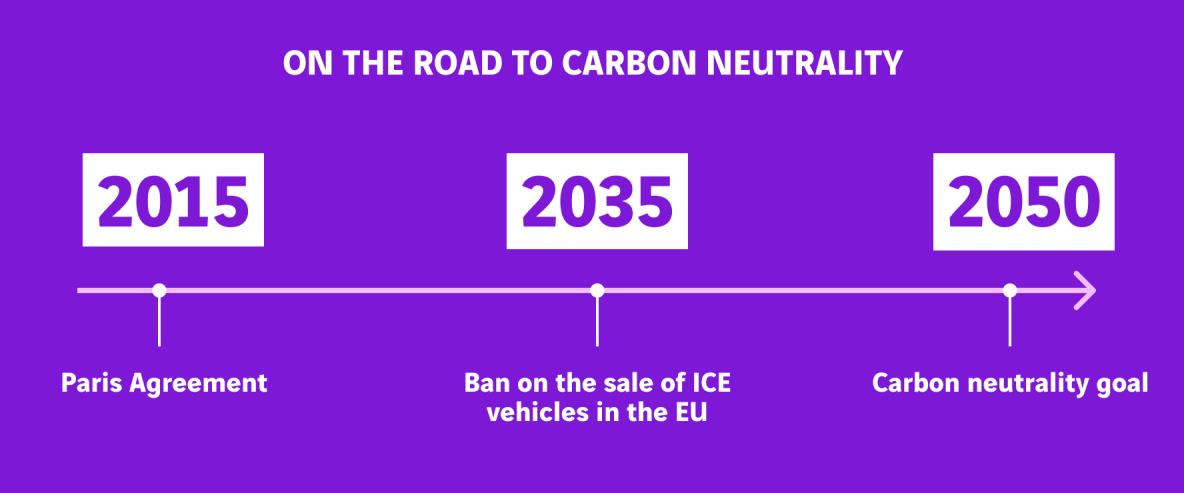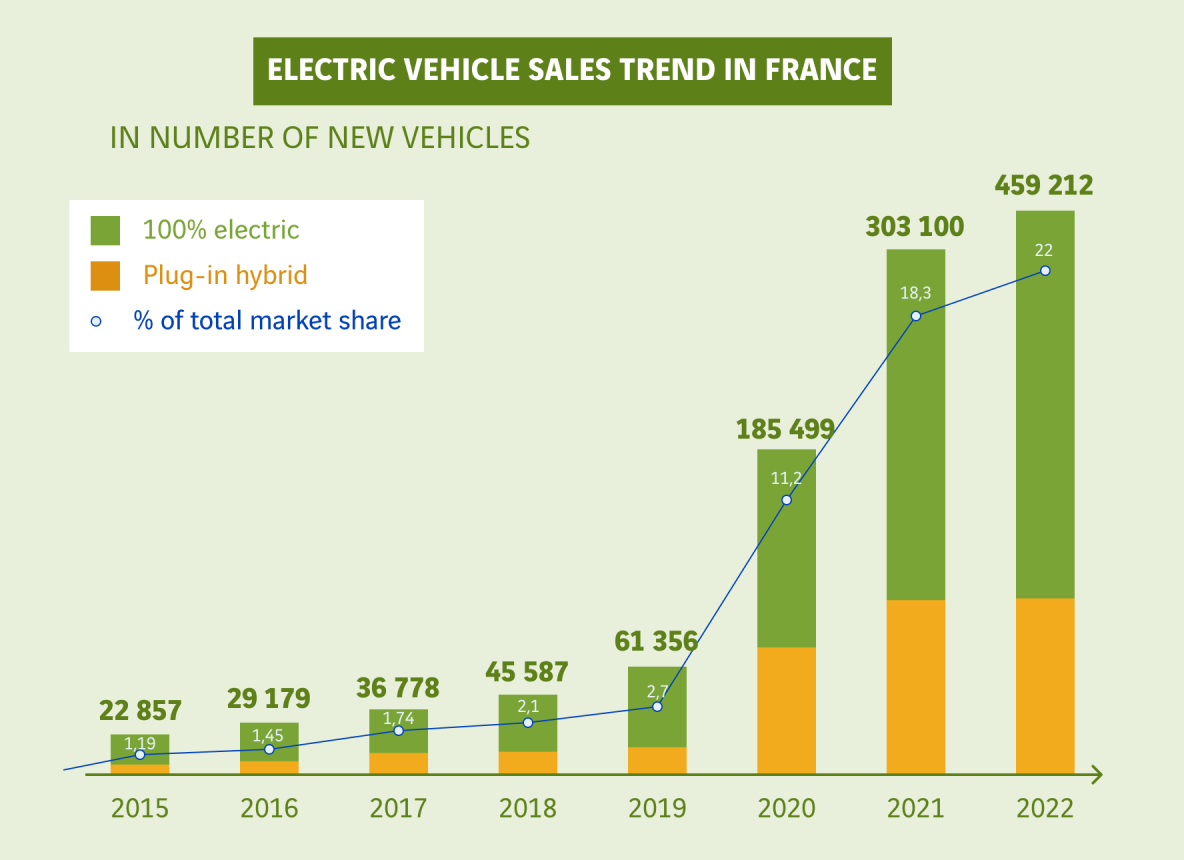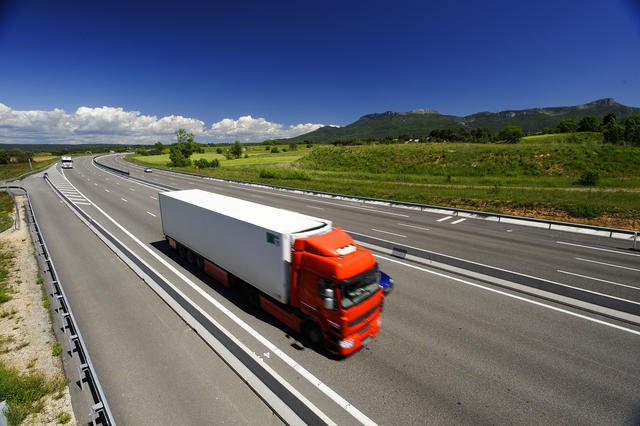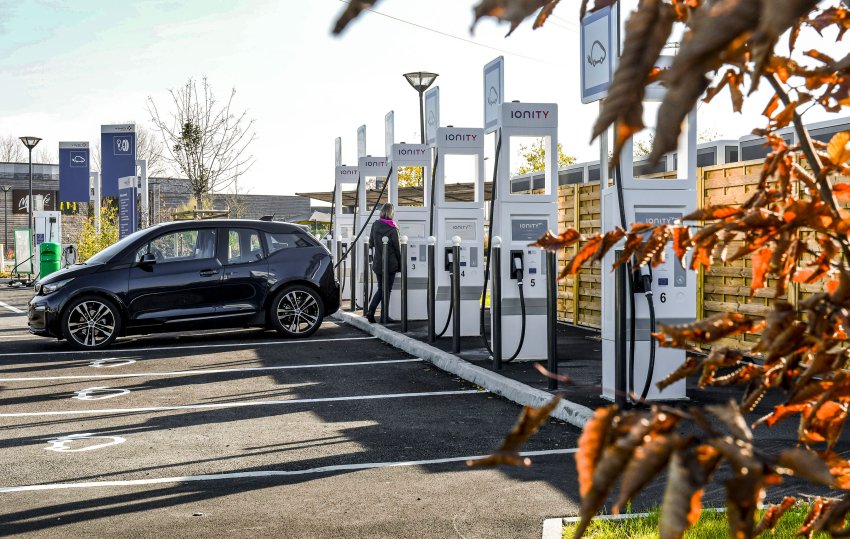
Electric mobility hitting the road
Achieving carbon neutrality by 2050 is one of the major commitments of the Paris Agreement on climate change. IPCC experts consider it an essential factor in fighting global warming. Electric mobility will play a key role in this ecological fight. VINCI is getting involved in the resulting road and motorway revolution.
Switching to electric to decarbonise roads
Already steadily being phased out, the sale of new internal combustion vehicles will be banned in the European Union from 2035. It is estimated that, by this date, approximately half the vehicles on roads will be internal combustion engine vehicles. Two types of technology are currently on the market to replace them:
- the electric motor combined with a battery;
- the hybrid motor, which has a dual propulsion system.
The undeniable progress of the electric car
With 10 million sales in 2022, the global electric car market is continuing to grow rapidly, particularly in China, the USA, and Europe. France alone has close to 1 million 100% electric light vehicles on the road, a stark contrast to the 16,165 just a decade ago. These silent, reliable and more environmentally friendly vehicles (zero CO2 emissions, zero hydrocarbon fumes, and zero particulate matter, contrary to a combustion engine), are gradually winning over motorists.
Next, the electric HGV?
Road freight represents a whole new challenge in electric mobility, one with specific needs related to the sector.
Vehicle manufacturers are working towards adapted technology, to provide a range of over 4.5 hours for carrying goods over long distances, based on charging during break times required by law. The hydrogen alternative is also of interest to carriers as it is potentially better adapted to the intensive uses and distances travelled by lorries and buses. Lastly, innovations such as dynamic charging mean the decarbonisation of road and motorway freight can be envisaged, with the latter representing over half of HGV travel.
Adapting road infrastructure to accommodate electric vehicules
Installing chargong terminals
In France, road travel accounts for 95 % of freight related CO2 emissions. Motorways are the source of 6% of these carbon emissions.
As such, VINCI Autoroutes, which manages a network of 180 service stations, quickly installed charging terminals to meet a growing demand: 100% of its service stations are now equipped with these terminals. Additional installations are underway in around forty rest stops along the main roads of the VINCI Autoroutes network.
Beyond access to charging terminals, owners of electric vehicles also require assistance in planning their travel. The Ulys app, downloaded by 5.2 million users, allows motorists to geolocate 62,000 charging terminals across France. This is particularly reassuring for road users during holiday periods.
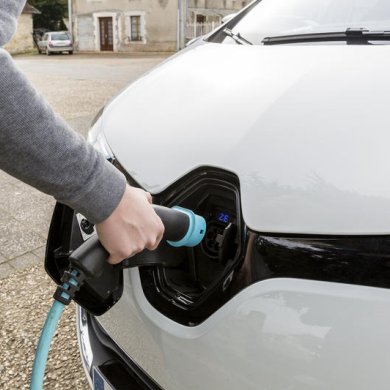
Electric vehicles and charging infrastructure are mutually dependent... Their successful parallel development meant that, in 2023, the number of public charging points in France hit the 100,000 mark. Today, the country boasts 118,000 public charging points, that’s 12 times more than in 2014.
Adapting the electrical grid
The installation of charging terminals inevitably requires adapting the electrical grid. With more and more terminals in homes, service stations and rest stops across the country, the increased demand in electricity could causes disruptions. To avoid blackouts, industry stakeholders are working on new solutions and calculations.
It is estimated that the annual electricity consumption of HGVs in France will account for up to 3.5 TWh by 2030, and 15 million electric cars will consume roughly 30TWh per year. As a comparison, France’s current annual consumption amounts to approximately 460 TWh. This is a substantial figure but easily manageable according to experts, especially with the development of renewable energy sources such as wind farms and solar panels.
Most viewed
Explore more
Words from researchers: let's fight stereotypes!
Charlotte, a research fellow at École des Mines, and Erwan, a university professor and researcher at AgroParisTech, talk…
Fondation VINCI pour la Cité: opening the door to others is another way of reaching out!
With some 1.3 million organisations and 2 million employees, France can lay claim to a dynamic network of associations…
Sea water desalination: a solution for turning the tide on the water scarcity crisis?
As water shortages continue causing havoc in a growing number of regions around the world, an age-old idea is experiencing a…
